Now thinking about it in terms of mathematical logic, the DoJ and Supreme Court‘s interpretations is wrong:
It’s actually a law of logic (https://en.wikipedia.org/wiki/De_Morgan%27s_laws) that says that:
not (A and B and C)
is equal to
(not A) or (not B) or (not C)
—
In this case:
The defendant is eligible for relief if he does not (A and B and C)
Which is the same as
The defendant is a eligible for relief if he does (not A) or (not B) or (not C)
—
Which is not what the DoJ is saying. The DoJ is saying that
not (A and B and C)
is equal to
(not A) and (not B) and (not C)
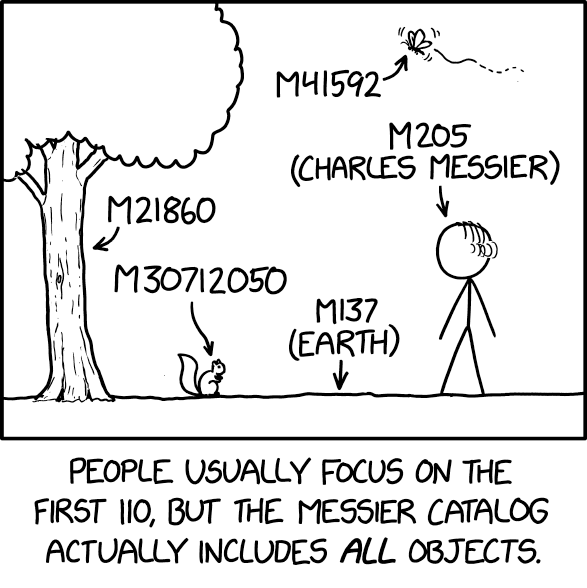
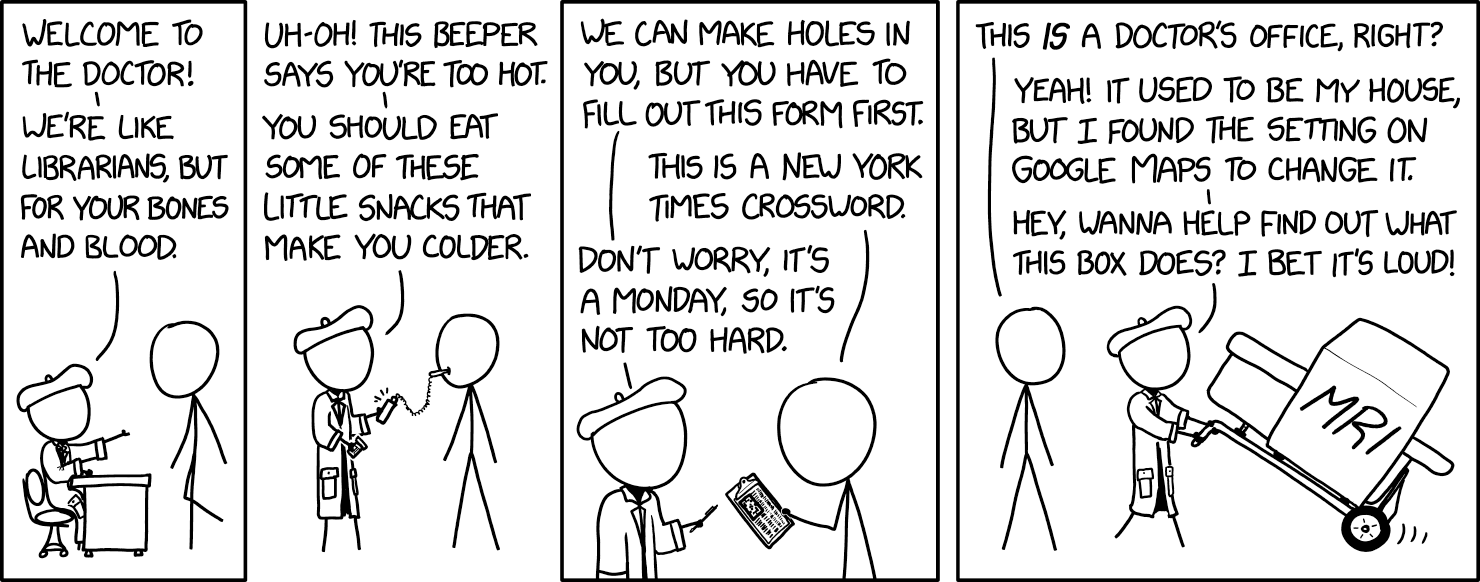

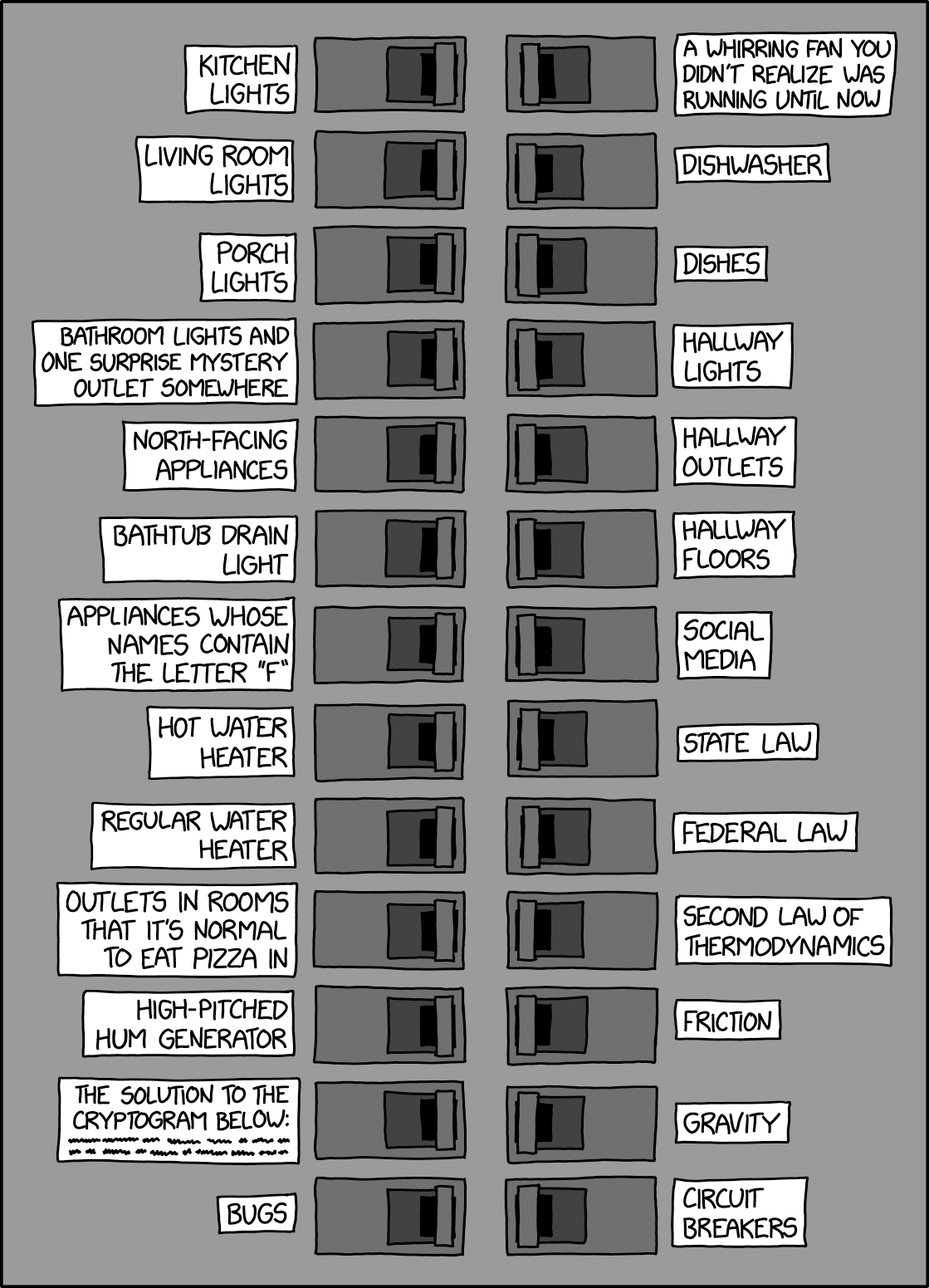

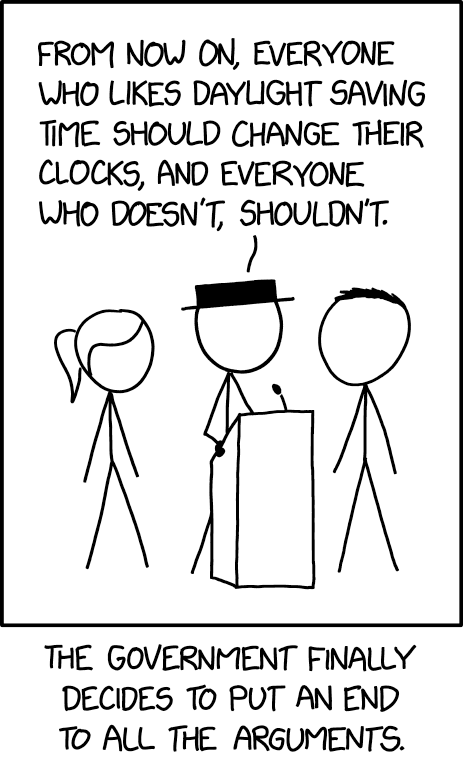
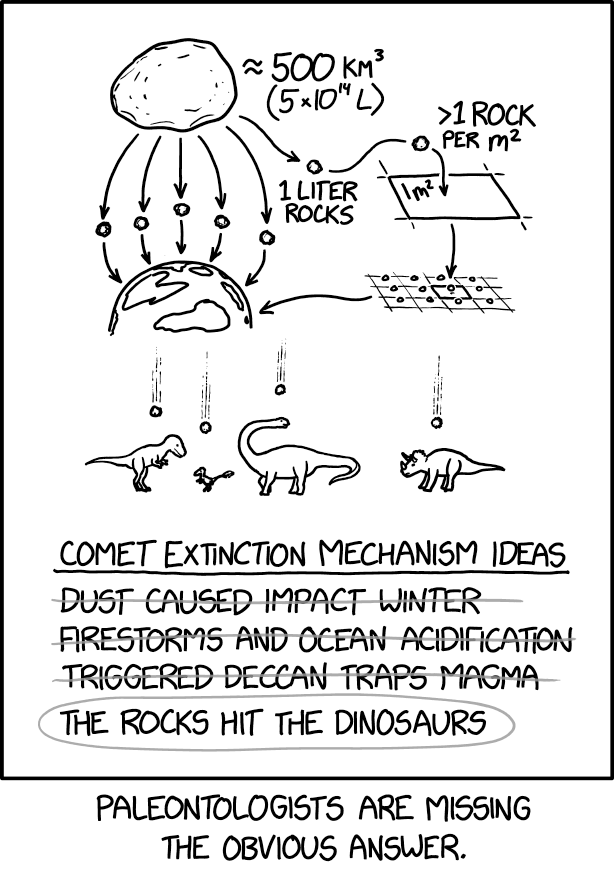
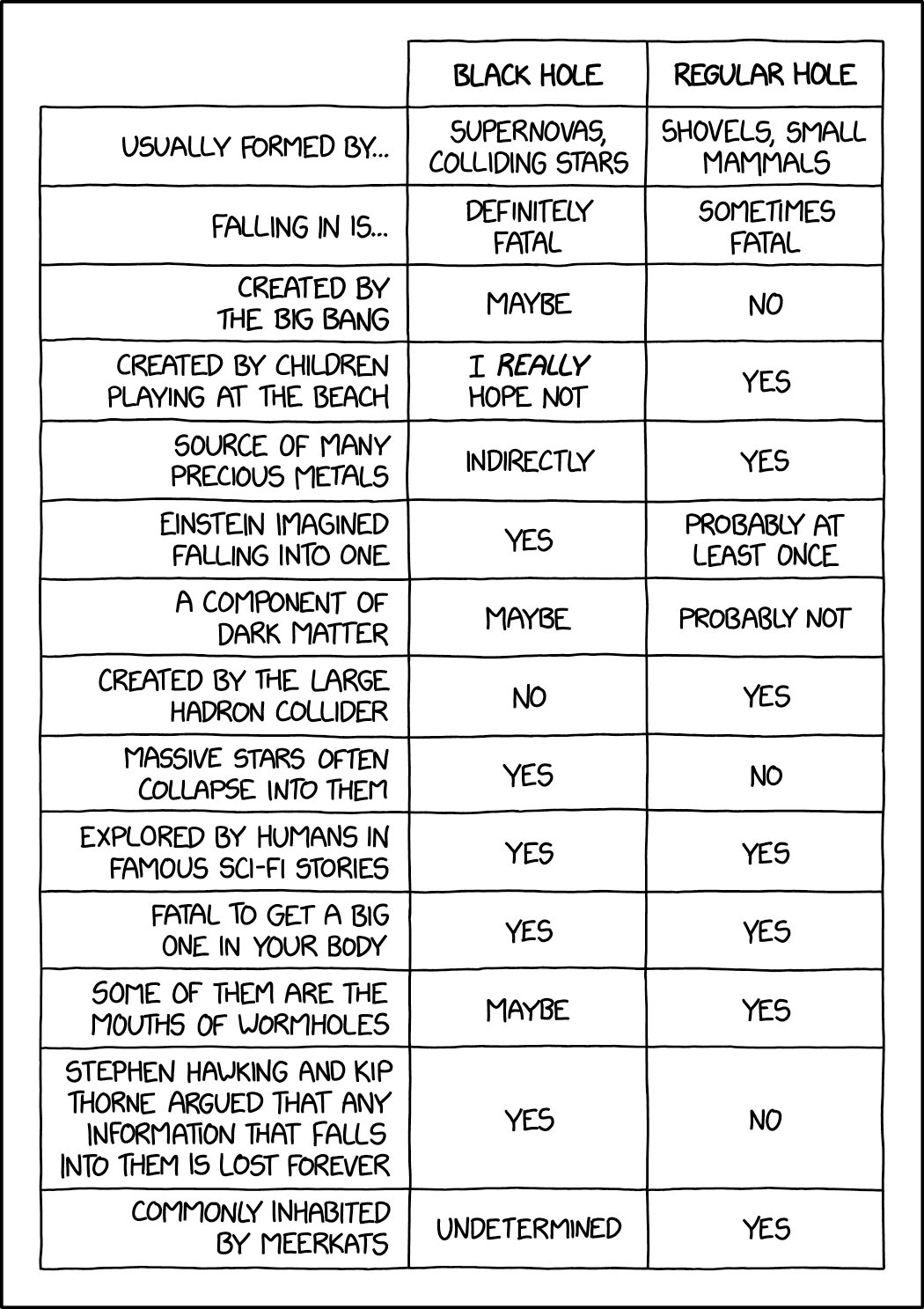
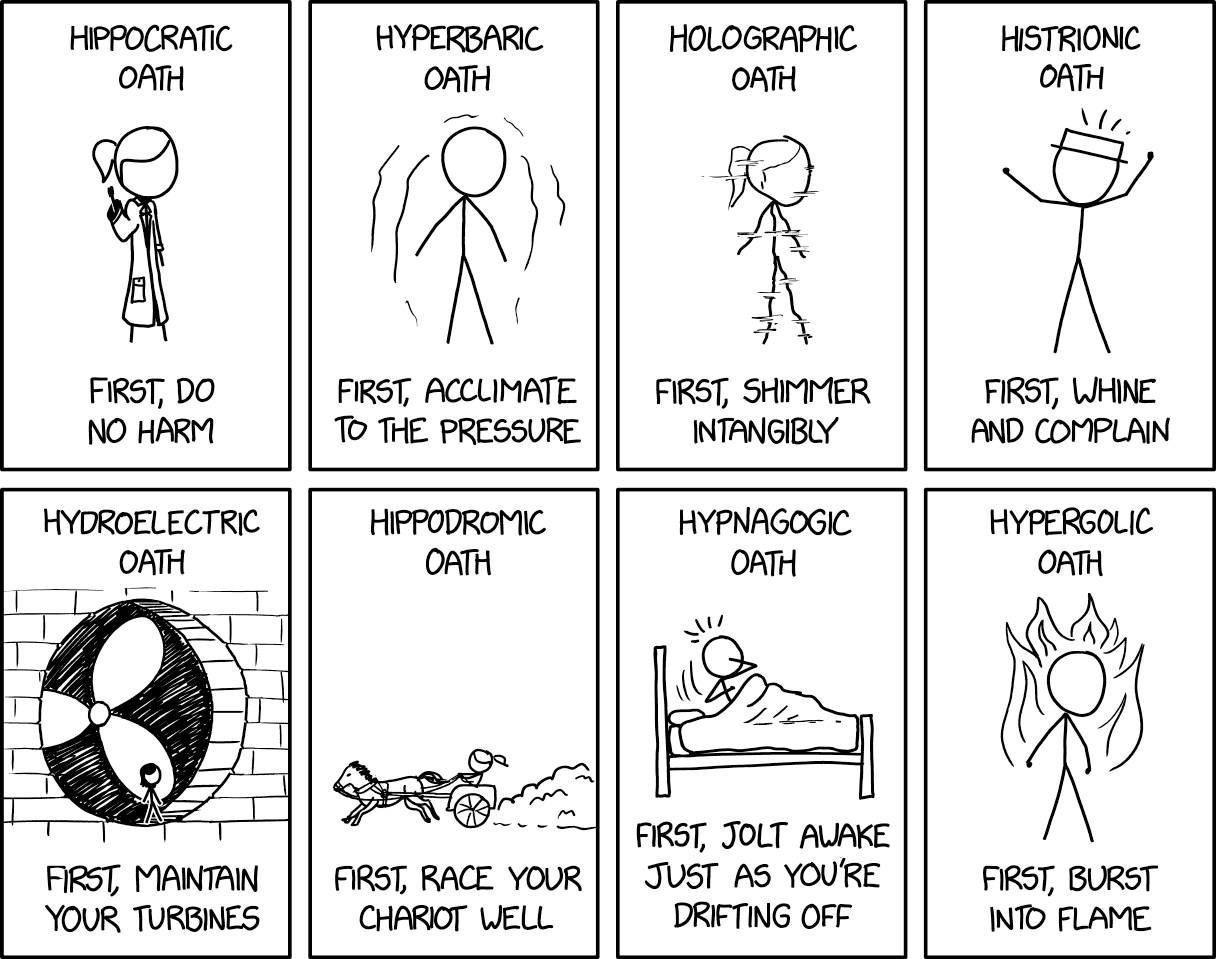
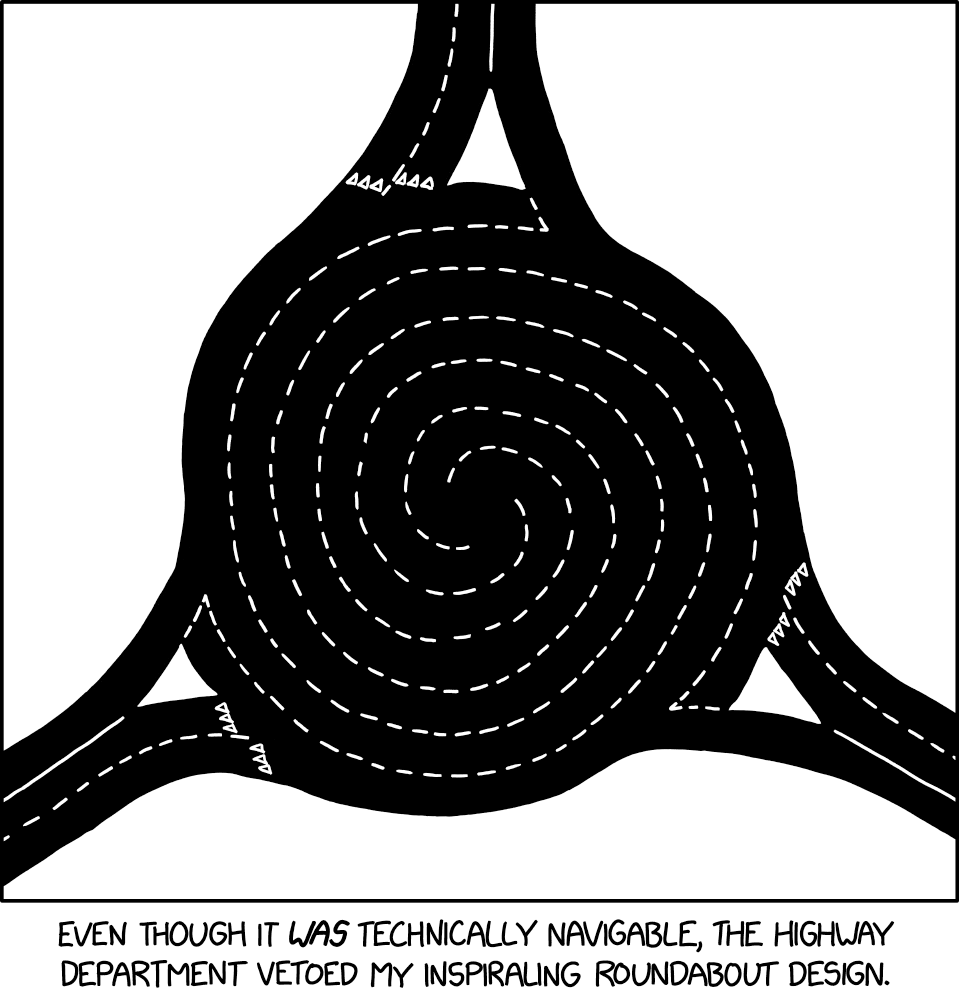

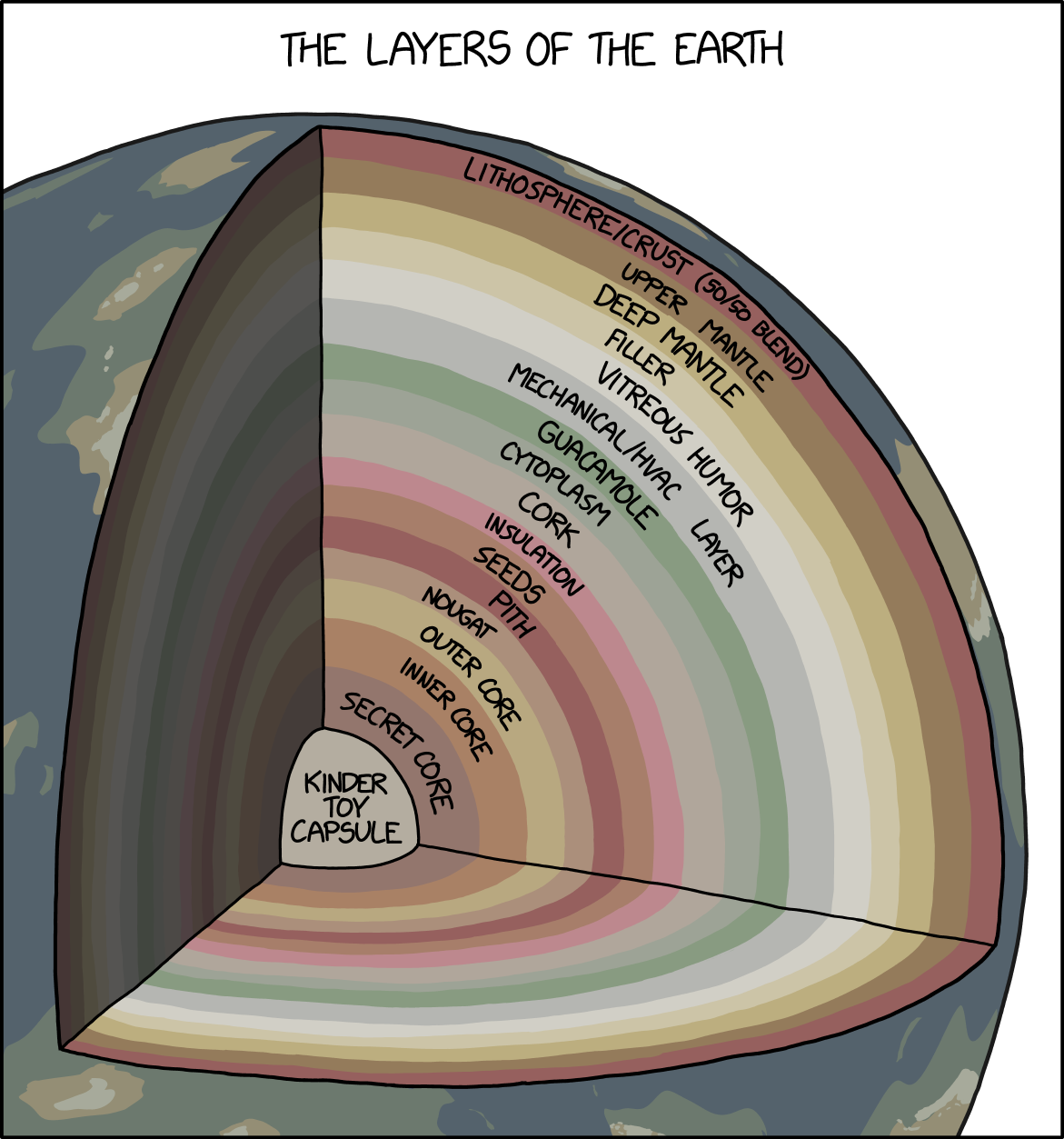
https://explainxkcd.com/2913